Knots are a common characteristic of wood. They are easily known and recognized. But what are they, how do they occur, how many kinds are there, how do they influence wood characteristics, how do they influence the finish? These are questions you will find the answers to below.
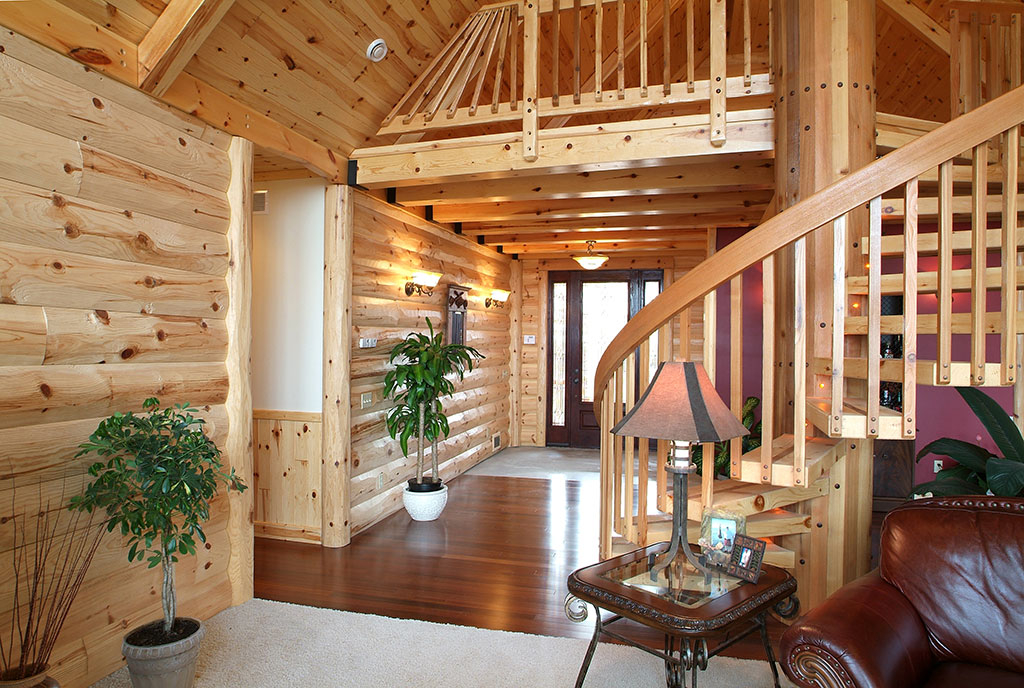
What are knots
Knots, along with discoloration, cracks, resin pockets, belong to the category wood defects. Aesthetically they are not always perceived as a defect. For example, rustic furniture is even more appreciated if it has knots. Grhinzile, patch, poles feel even more natural when they have knots. Wood with knots also gives cabins authenticity and charm.
How do knots appear? Either they are the base of a branch that has stopped growing and fallen off, or they are shoots from which branches were supposed to grow but stopped growing. Where the branch is growing, the wood fibers in the trunk have a deviation in the direction of growth that can be as much as 90°.
Even if the branch disappears for various reasons, the deflection remains and is covered over time by the woody mass materialized in annual rings. Thus, the fiber deflection is contained within the tree and appears in the form of knots when the tree is cut and planed. As a result, trees with dense branches will have more knots and those with sparse branches fewer.
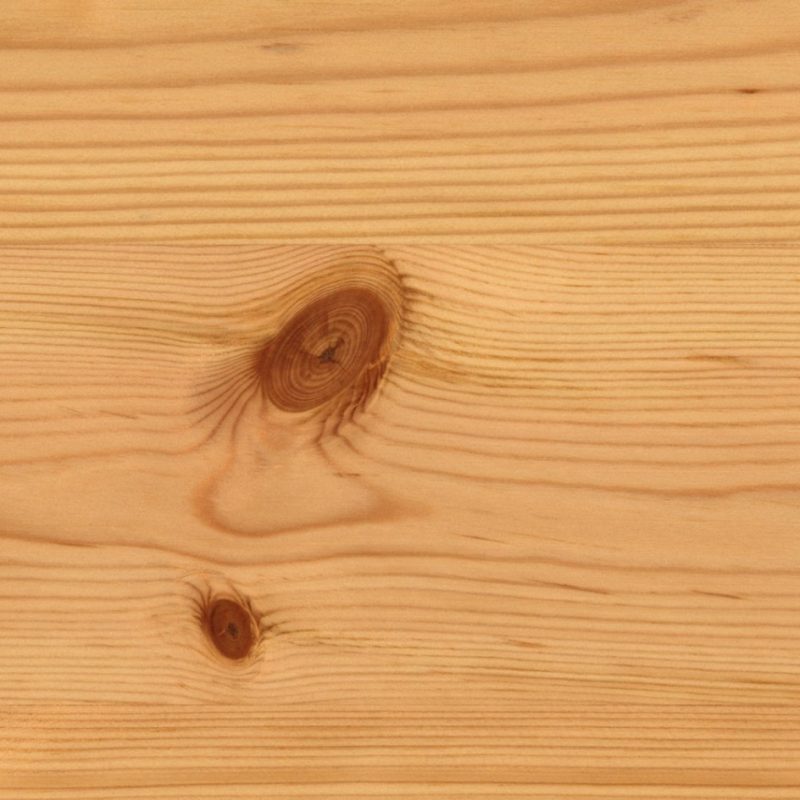
Types of knots
There are 2 kinds of knots: fixed knots (also called concrescences or healthy knots) and knots that fall.
Fixed nodes they come from a healthy branch that lived on the trunk for a long time before disappearing.
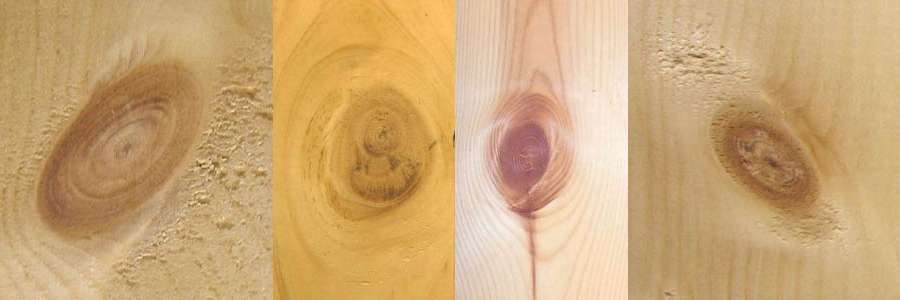
Knots occur when branches break during dry, dry periods. During these periods, the tree reduces its water-absorbing capacity, the tissues contract and the nodule becomes detached from the other woody layers.
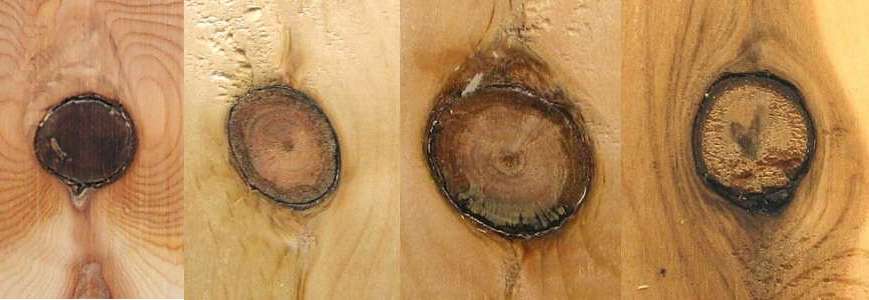
Rarely enough, a third type of nodes is mentioned - rotten knots(unhealthy) - which occur when branches break during periods of very high humidity. The knot then becomes infected with fungi that attack the wood fiber.
Influence of knots on wood quality and finish
The technical properties of wood are affected by the presence of knots. The strength of the wood decreases in that place and the probability of cracking along the grain increases. If the wood is used in construction, the existing knots must be carefully analyzed to see how they affect its strength.
Knots influence the quality level of the timber through their number per square meter, their shape, size, sturdiness and their type (fixed or falling). In the past, knots were replaced in production by branches so that the appearance did not differ greatly. Now only the nodes are replaced, because they dry out, fall out and a hole is left in their place. In healthy knots, during drying, cracks may appear due to the stresses created by the outflow of water. Before finishing, the cracks must be puttied. If the furniture is rustic, the knots may remain unfinished, the cracks increasing the value of the furniture.
Wood of resinous has a higher number of nodes due to the specificity of the trees. The branches are denser, light is difficult to penetrate to the base, and the branches at the base dry out and fall as the tree grows. The presence of knots in softwoods is another problem. Through knots, resin in the wood can surface even after the wood has been finished. The process can take months, even years. Therefore, if the knots are not removed the surface must be treated with an insulator that locks the resin in.
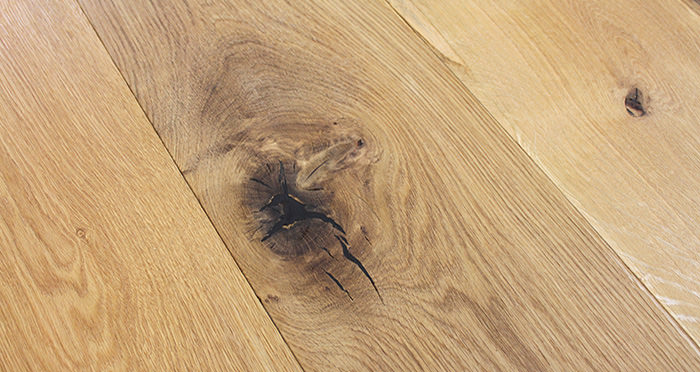
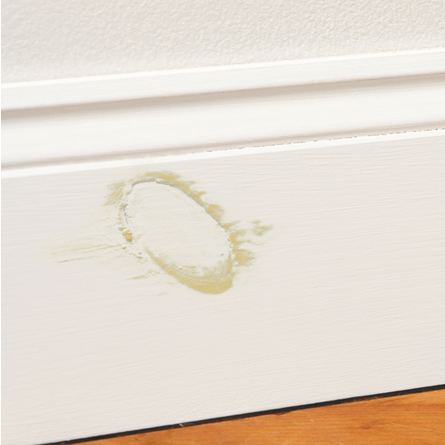

This article is not a plea against knots, quite the contrary. This extraordinary material that is wood turns defects into qualities. Twisted grain, coloration, growth defects are some examples. So are knots.

























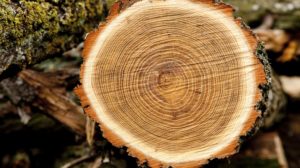
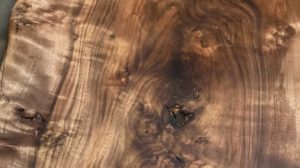
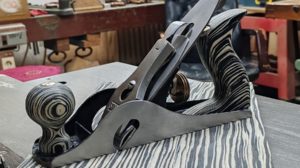







Therefore, if the knots do not remove, the surface should be treated with an insulator that locks the resin inside.
What insulator? Doesn't normal primer do that?
Normal primers don't do much to lock the resin inside. If there is a large bag of resin it is best to remove it because in summer when it is hot it expands and pushes the finish cracking it.
Best insulated with polyurethane insulation. It is fluid, it penetrates deep into the wood and rays inside blocking all substances that would interact with the finish (tannins, stains, resin). There are also water-based insulators that do a pretty good job. These variants are for small bags of resin. Large bags should be removed to avoid problems.